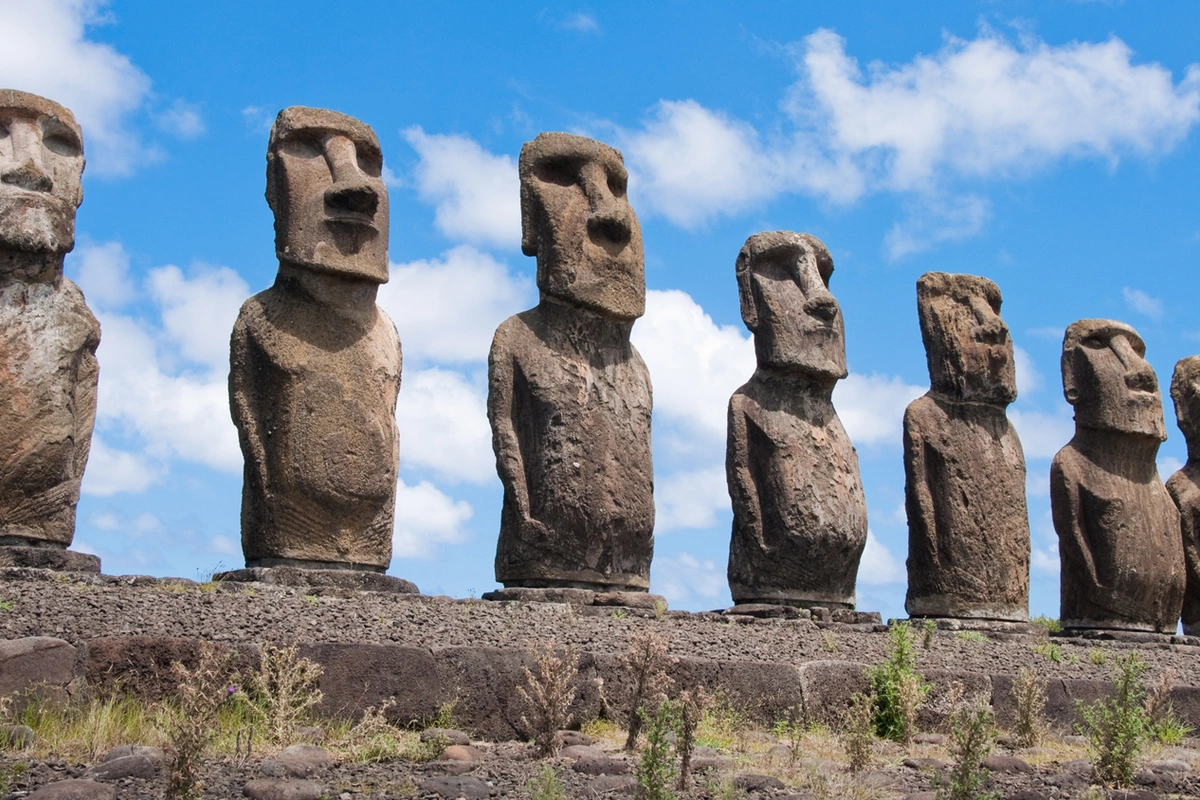Scientists revealed the secret of creating stone idols on Easter Island

Moai statues on Easter Island, which were long considered the result of centralized authority's work, turned out to be the creation of many scattered communities. This conclusion was reached by scientists from Binghamton University. The research results were published in the journal PLOS One.
Moai are traditionally viewed as "frozen faces" of ancestors and symbols of power, however, new data is changing the understanding of who created these giants and how. To understand the labor organization of ancient masters, the research group studied the main Rano Raraku quarry using drones and photogrammetry.
The resulting highly detailed three-dimensional model provided access to the smallest traces of work: slopes, niches, grooves. Based on it, scientists recorded 426 moai at different stages of completion, 341 trenches marking the shape of future statues, 133 empty niches, and five stone pillars to which ropes were tied for carefully lowering statues down the slope.
The analysis showed that the quarry was divided into 30 separate work zones. Each zone had its own stone processing techniques, and all stages of creating a specific statue took place within this territory. According to the lead author of the work, Carl Lipo, such a structure more closely resembles a network of independent workshops than a single production management center.
The observations are also consistent with other facts. Earlier, the same team of scientists proved that just a few people could move the moai by "walking" the statue with a rocking motion - meaning that transportation did not require a large staff of workers and strict management. Archaeological data also suggests that freshwater sources belonged to different communities, not a single center of power.
"Collectively, these data point to a decentralized structure of Rapanui society, where communities could both collaborate and compete. The creation of Moai appeared not as a ruler's order, but as a way to assert the strength of one's own group," Lipo notes.
Similar News
Named the most densely populated city on Earth
Indonesian capital Jakarta has become the most populous city on the planet, overtaking Tokyo. This is reported by The Guardian with reference to a new report fr...




 Azərbaycanca
Azərbaycanca  По-русски
По-русски  English
English 






